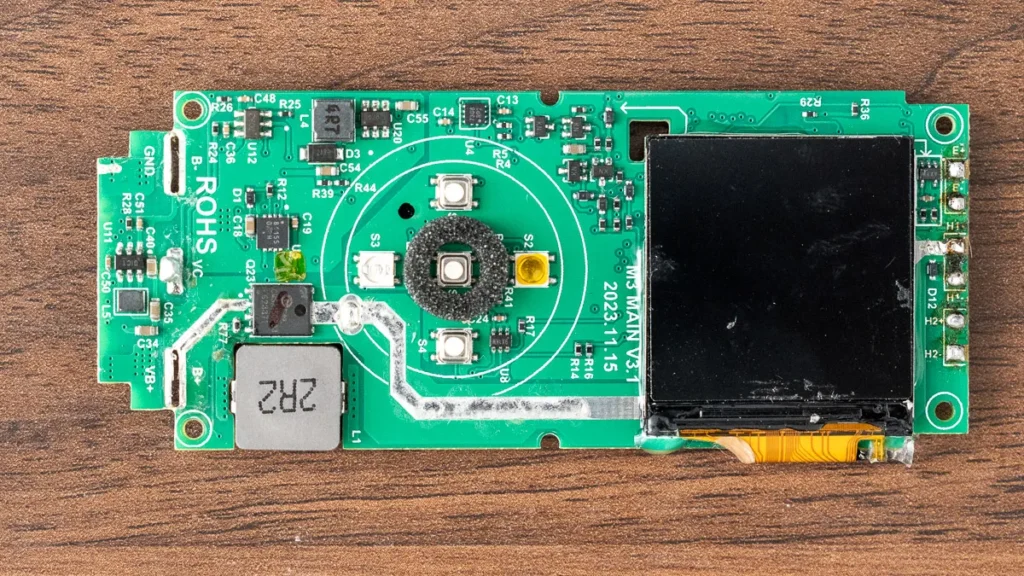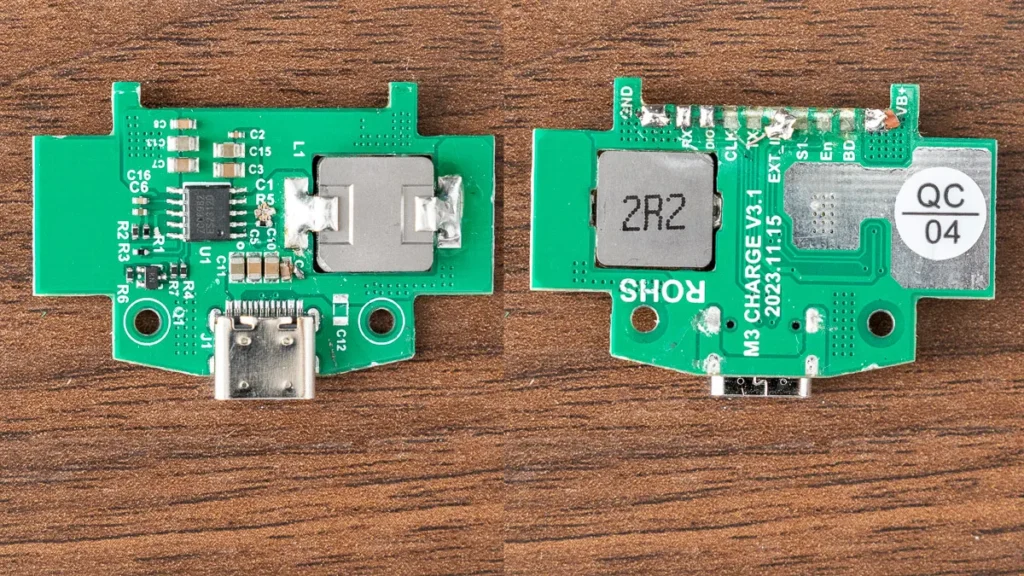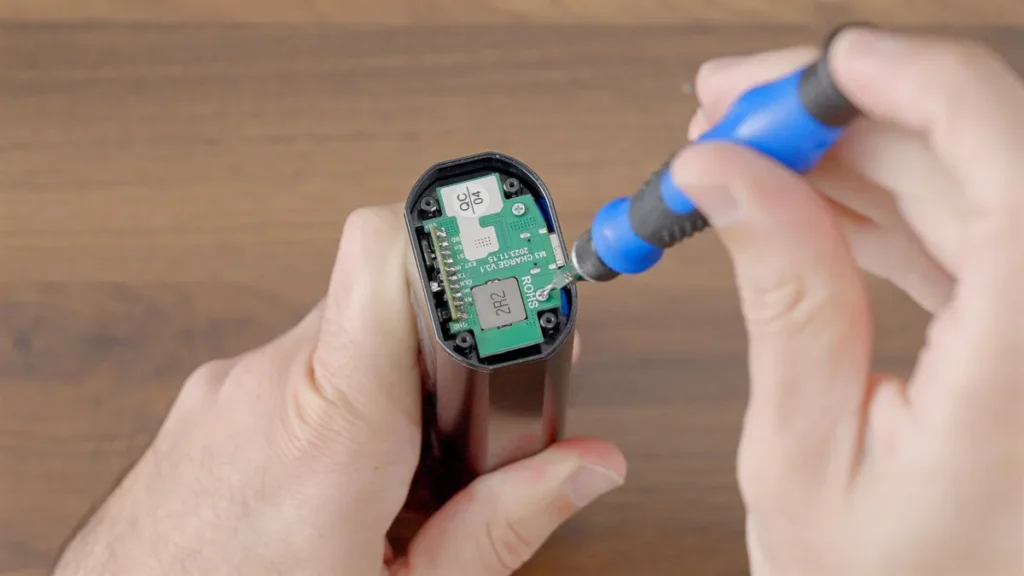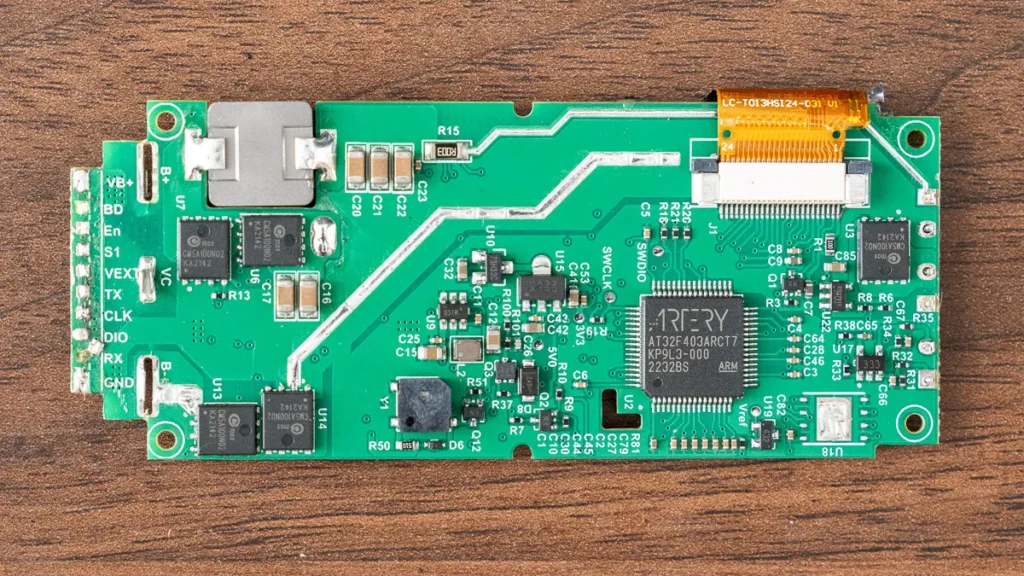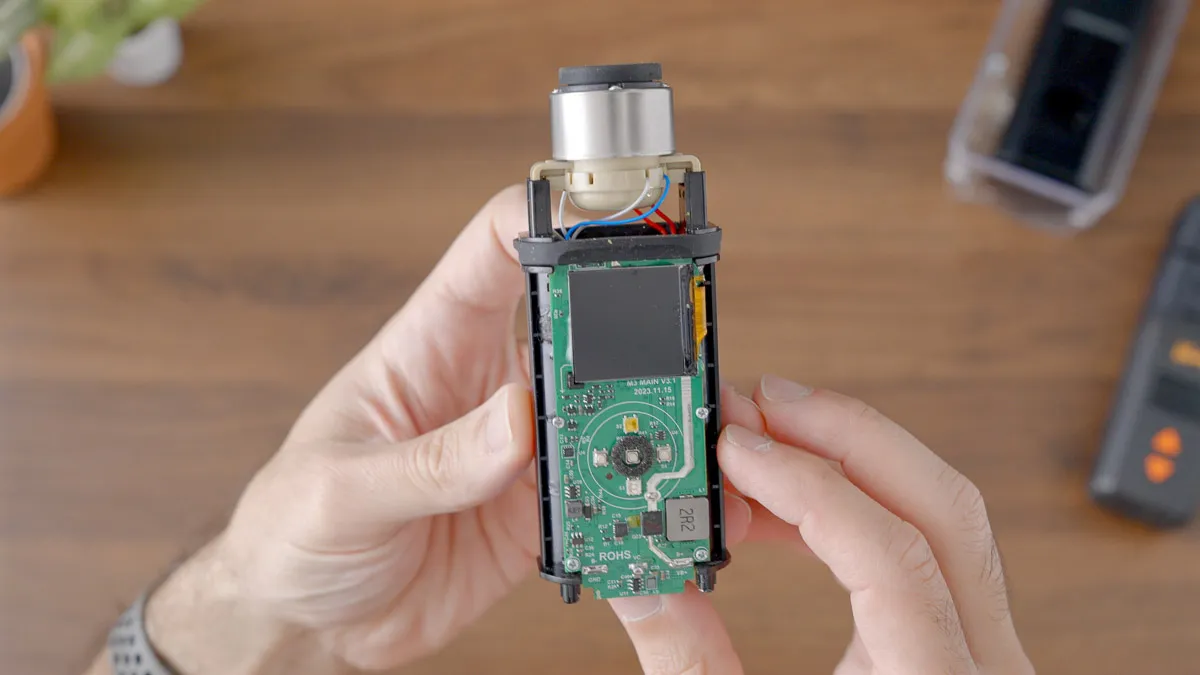
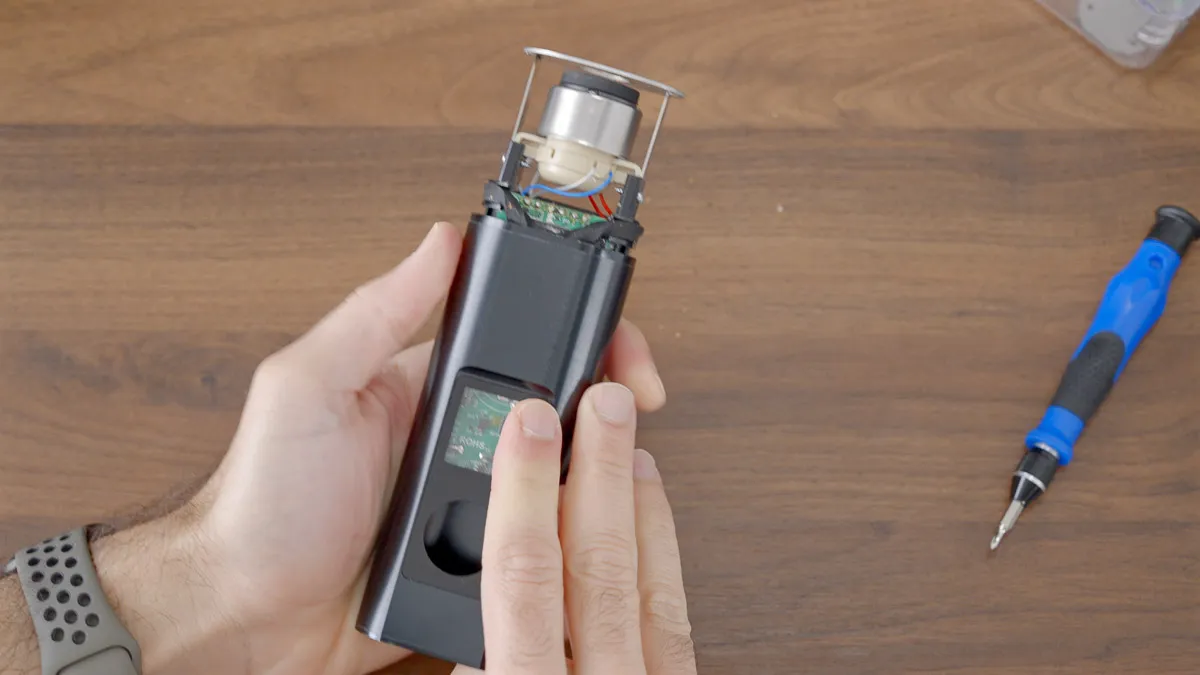
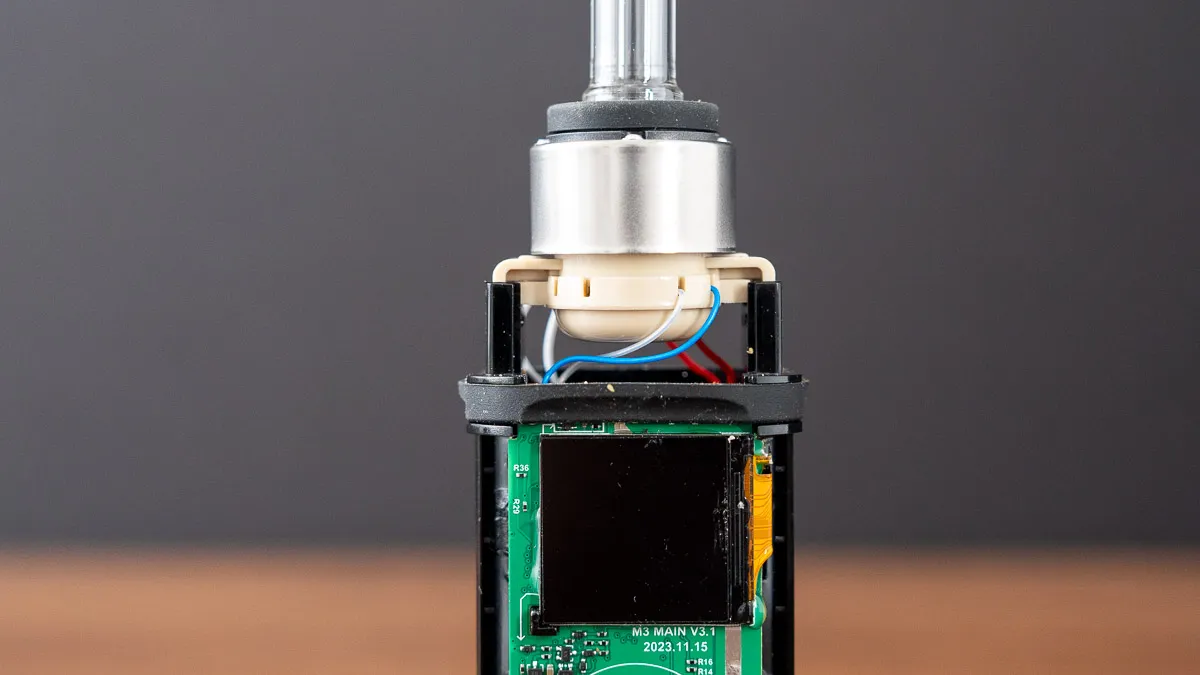
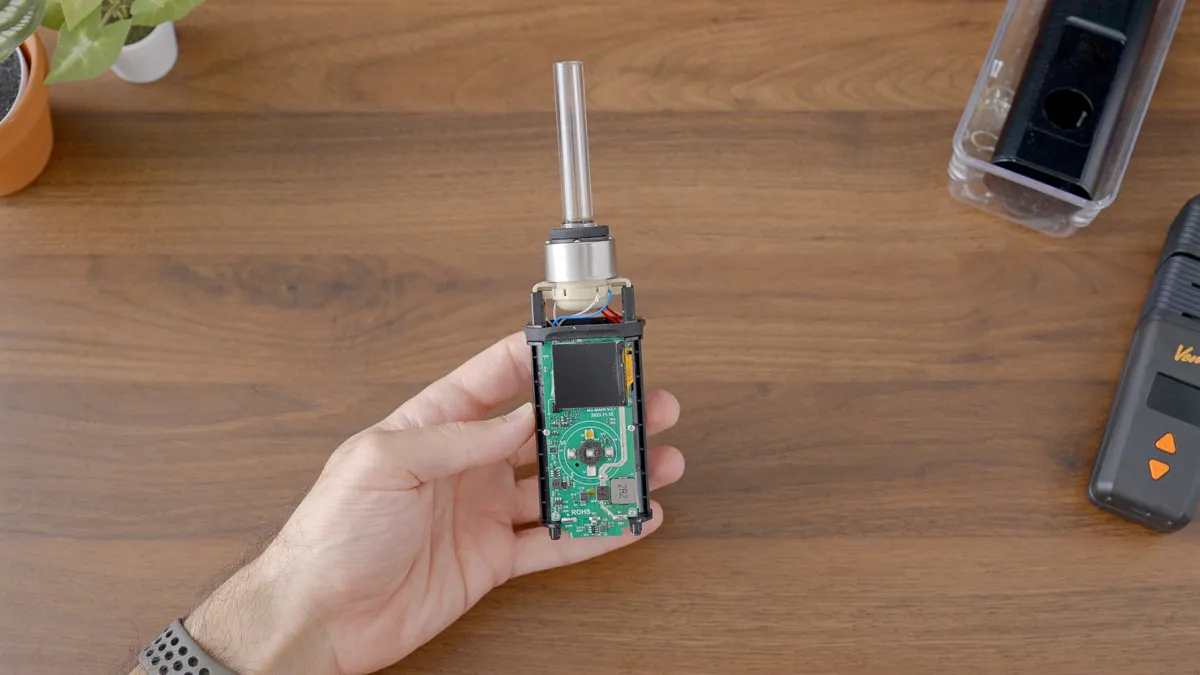

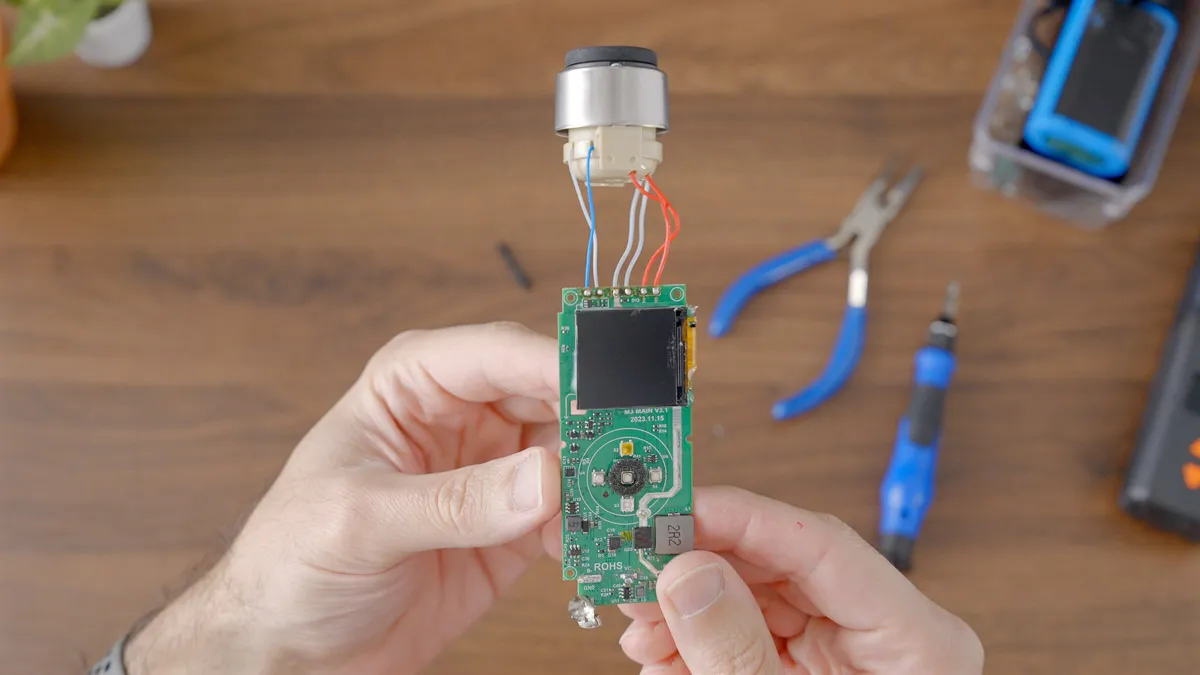
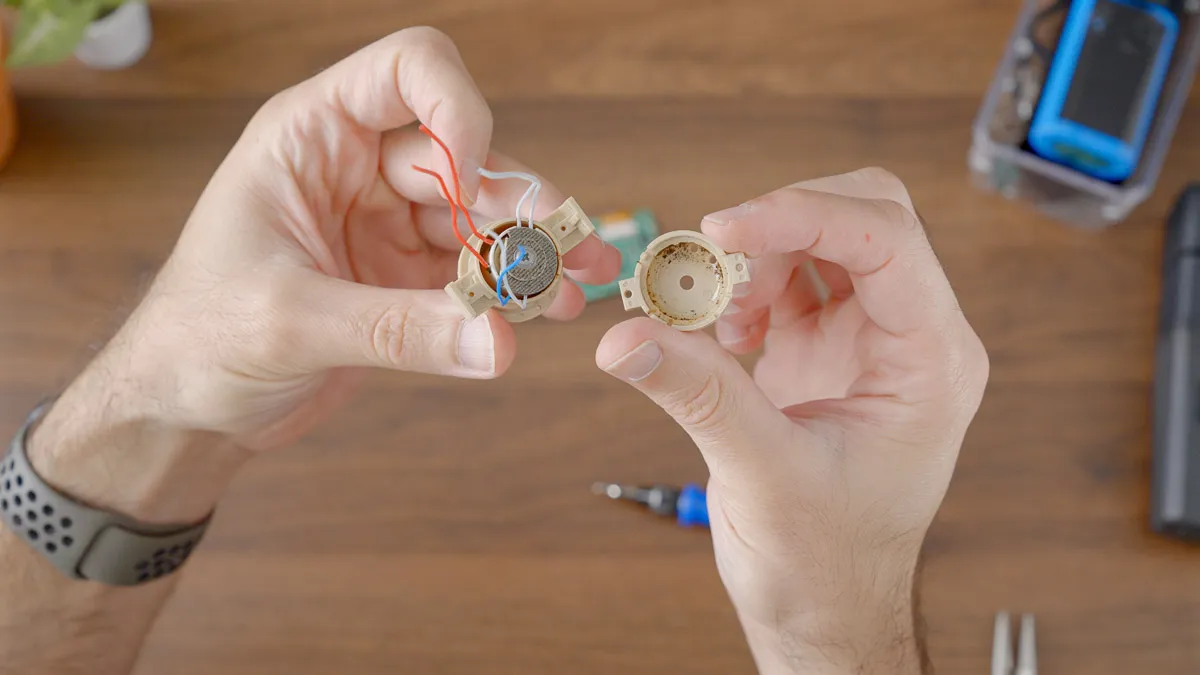
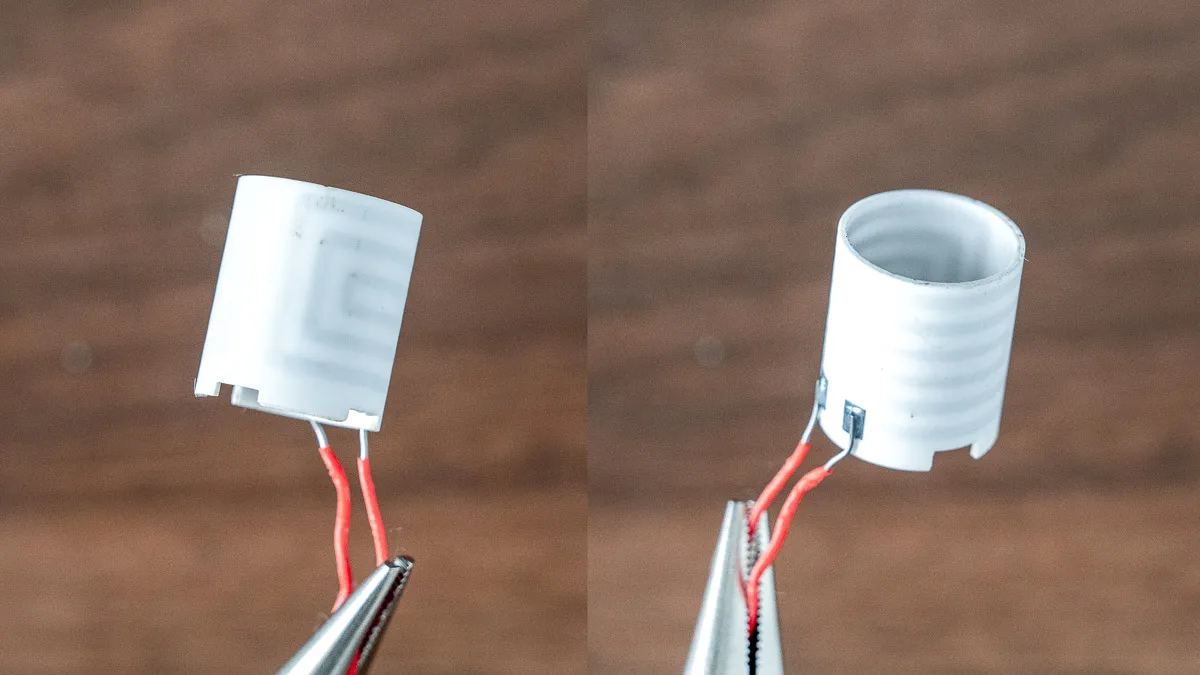
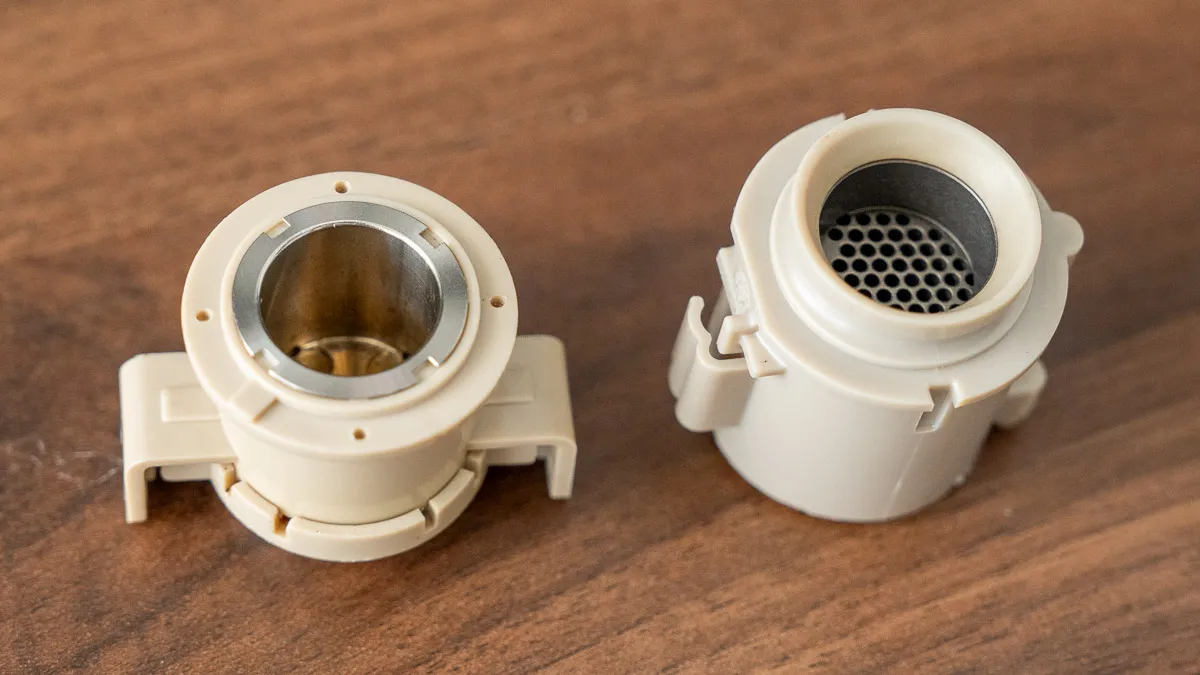
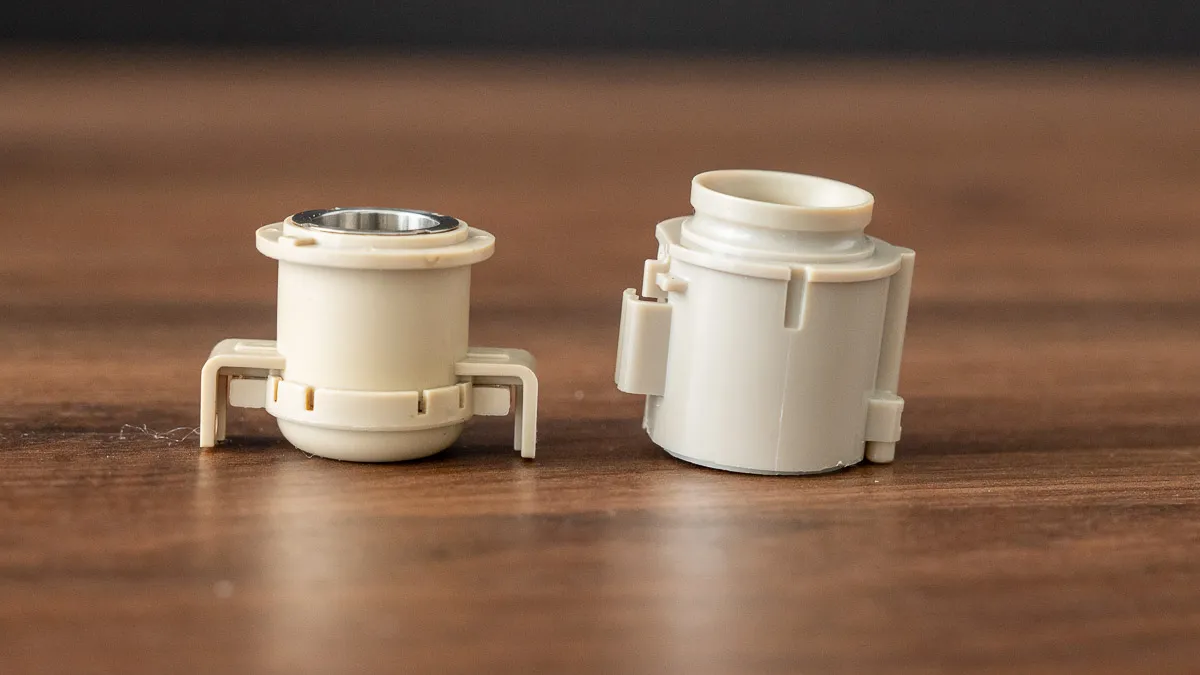
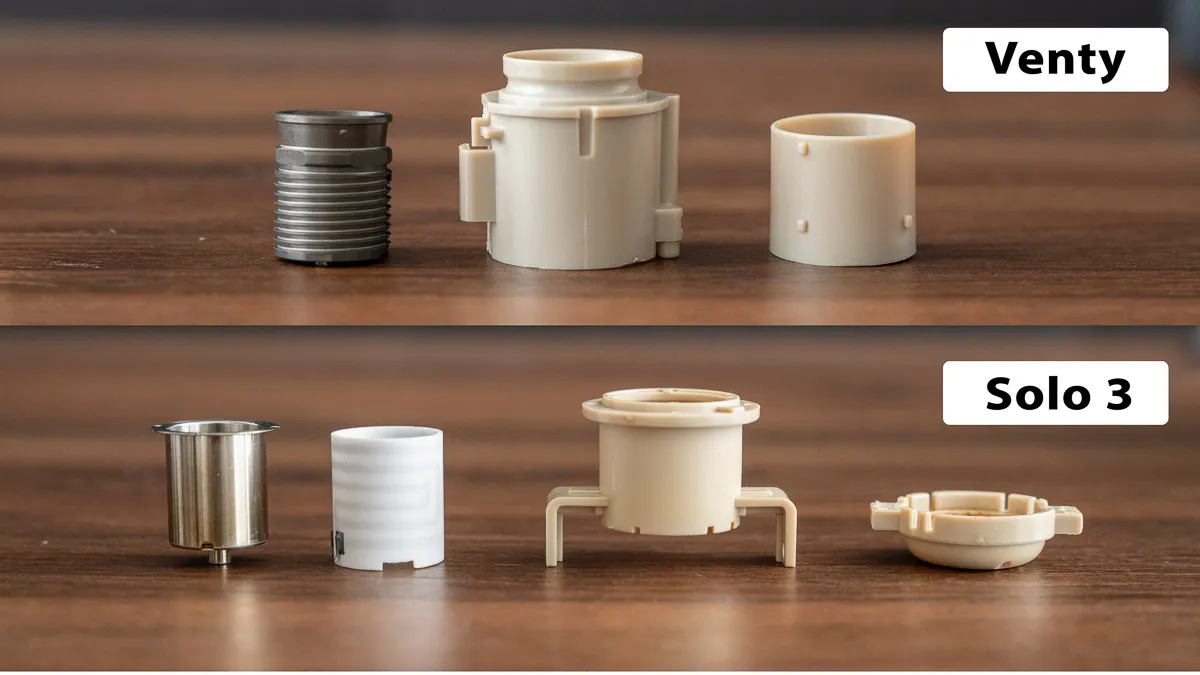
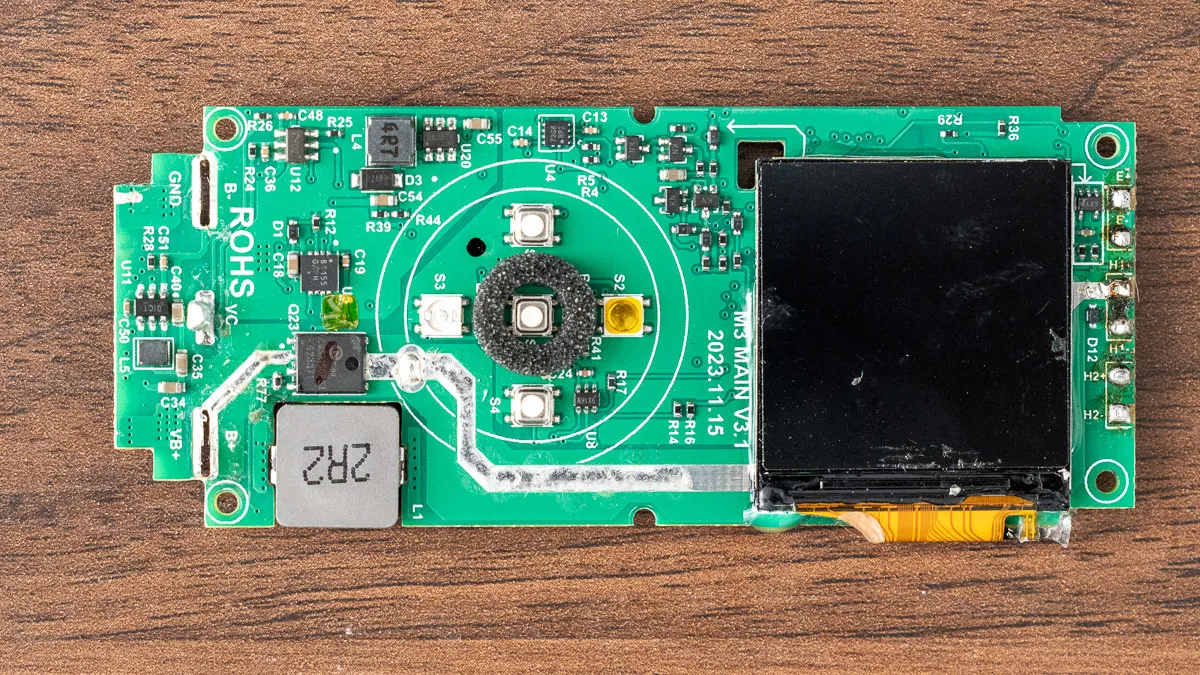
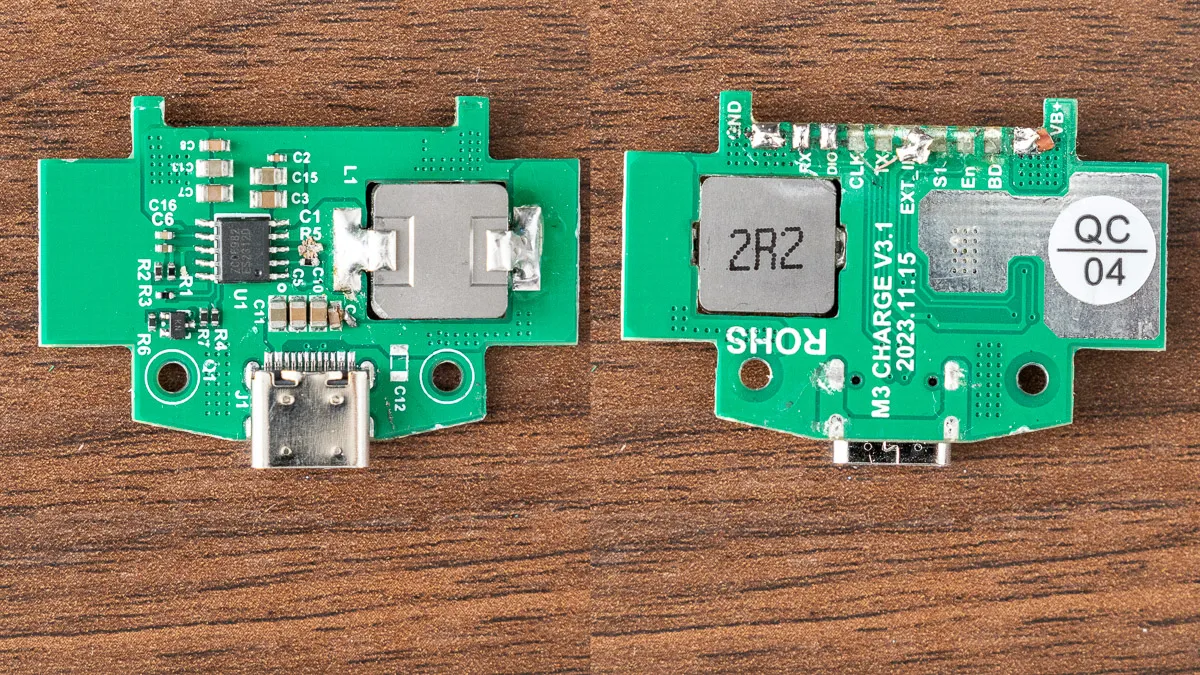
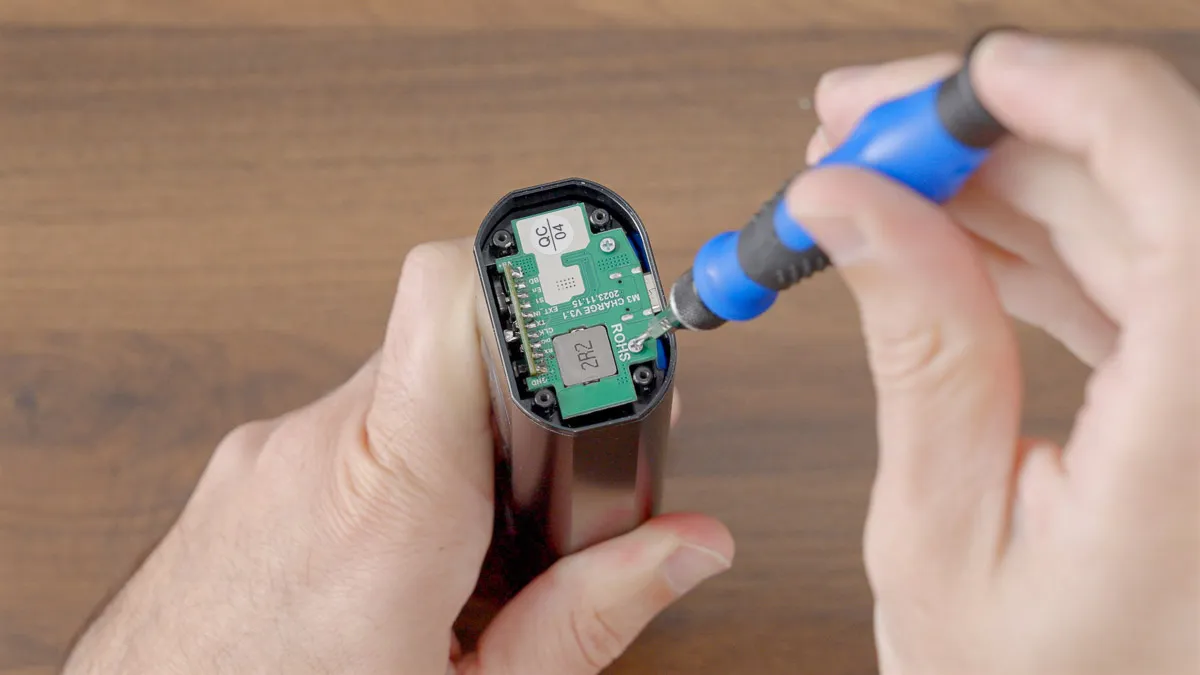
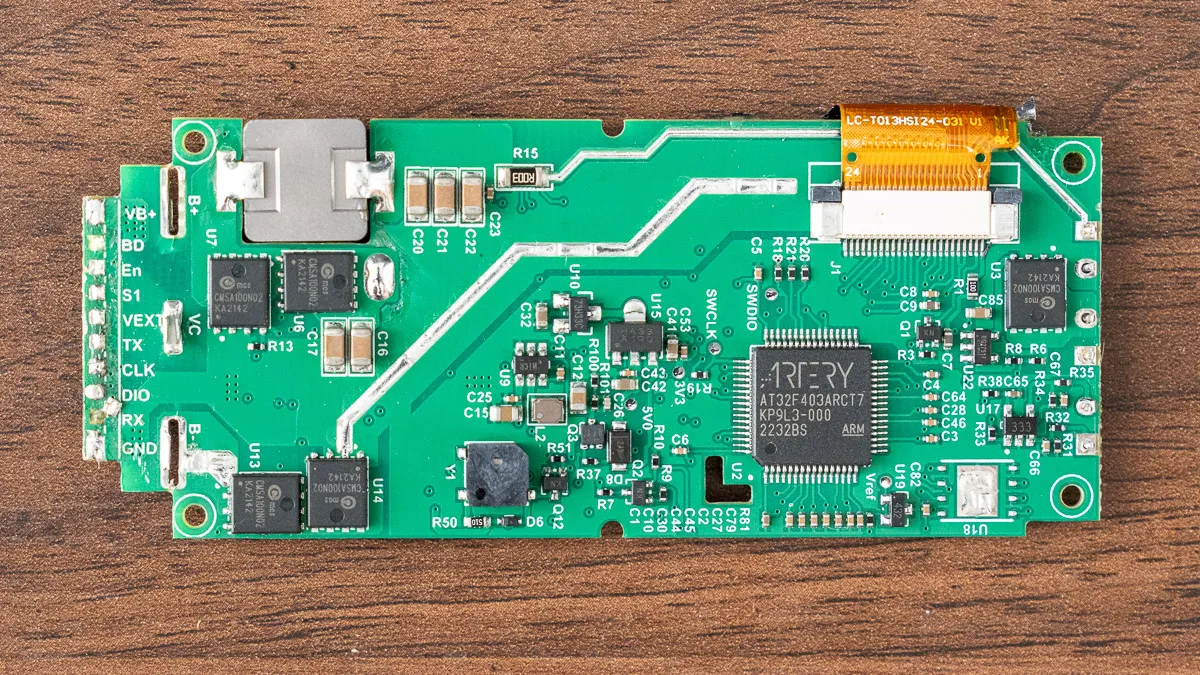
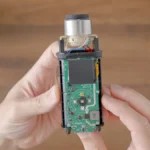
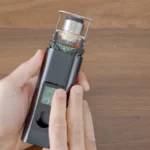
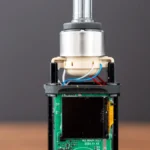
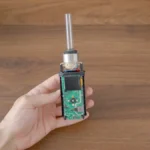
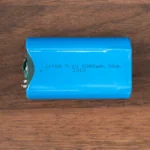
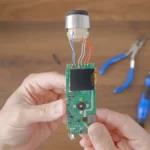
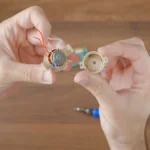
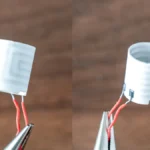
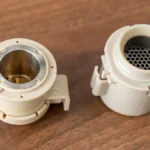
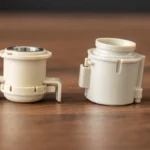
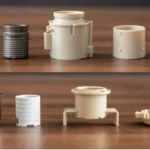
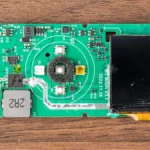
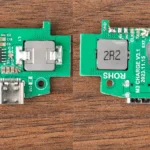
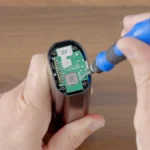
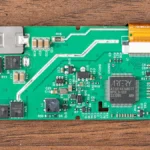
The new Arizer Solo 3 is a powerhouse dry herb vaporizer, and in this post, we’ll tear it down to see what’s inside and how it works. I’ve already published a full review and a 500-bowl follow-up, so read these to see the Solo 3 in action. The TL;DR—I freaking love this vape and can’t wait to see how it works.
Background
This post is the second in my teardown series. The first was the Venty, and next up is the Tinymight 2.
These teardowns give excellent insight into what's in these vapes. We get to see the vapor path, heating elements, and electronic boards.
If you're looking to buy the Solo 3, you can either buy the manufacturer (visit Arizer) and use coupon code TVG20 for $70 off and a final price of $279, or buy from vape-smart.com, which already has it marked down to $275.
Let's tear this Solo 3 down
The only visible screws are at the bottom here.
This printed circuit board seems to not move anywhere; it seems as if what's holding it is this row of soldered contacts.
Now, it looks like the internals can just be pushed out.
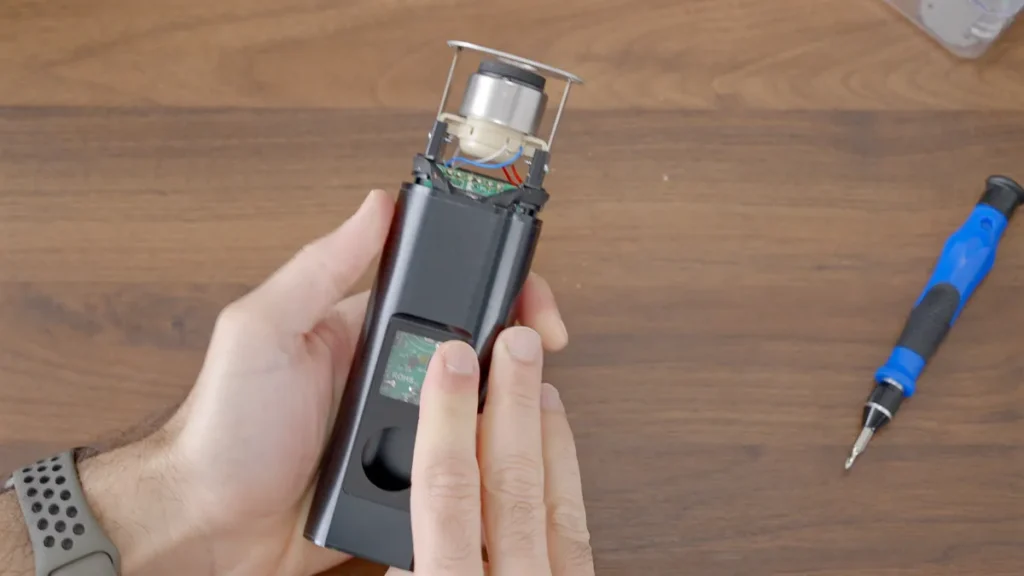
Ok, so this is the Solo 3 without the housing.
The chamber is on top, and the heating element is in here. We'll get to it shortly.
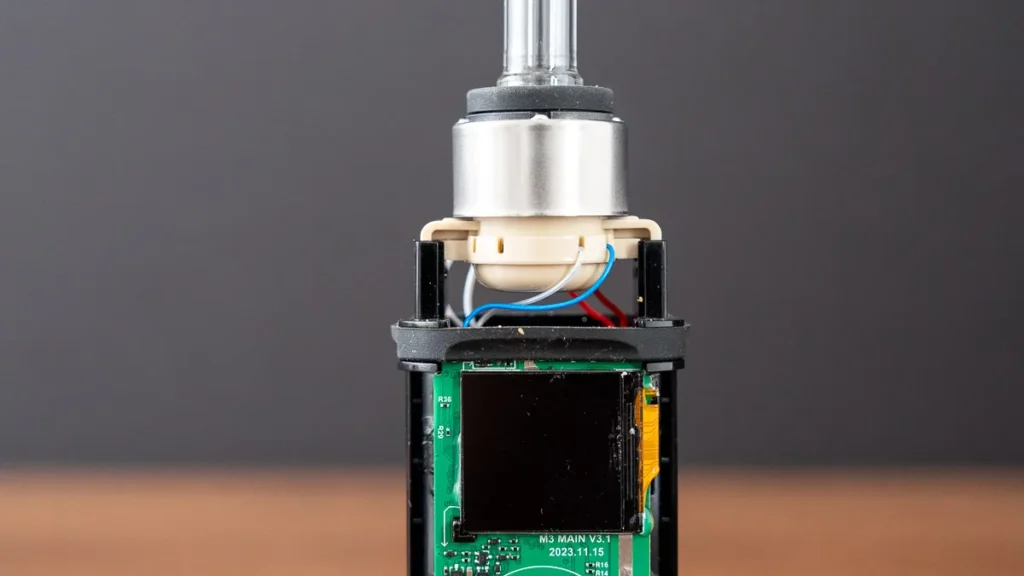
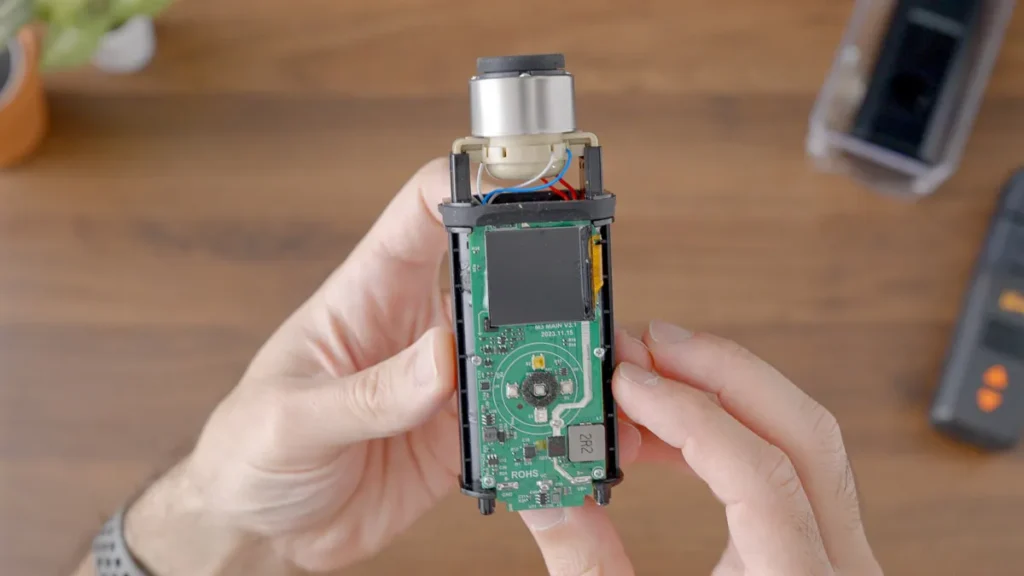
It looks kinda cool with the glass inserted, but I'll resist the temptation to do a session given its current state.
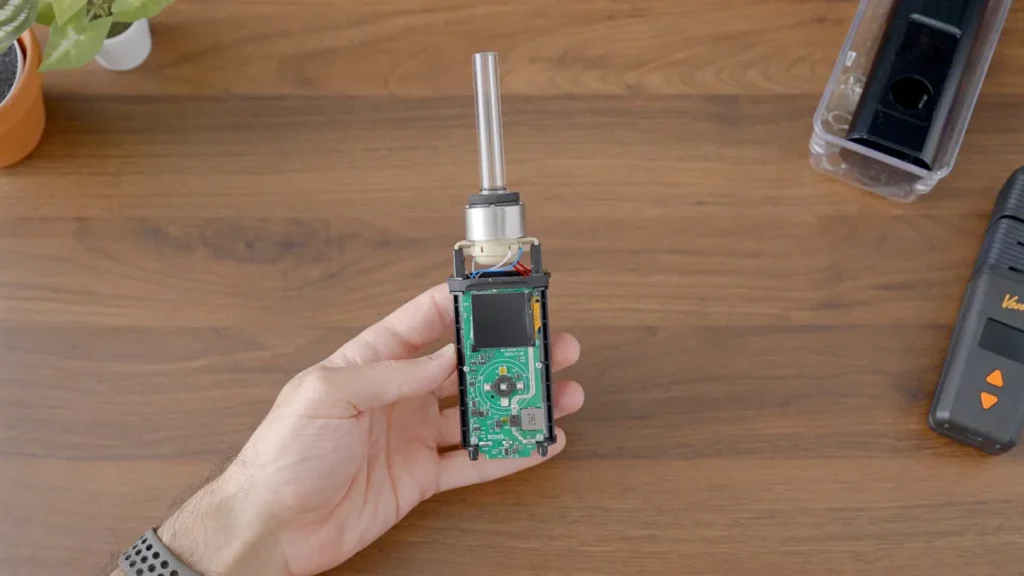
Here are the specs of the battery pack.
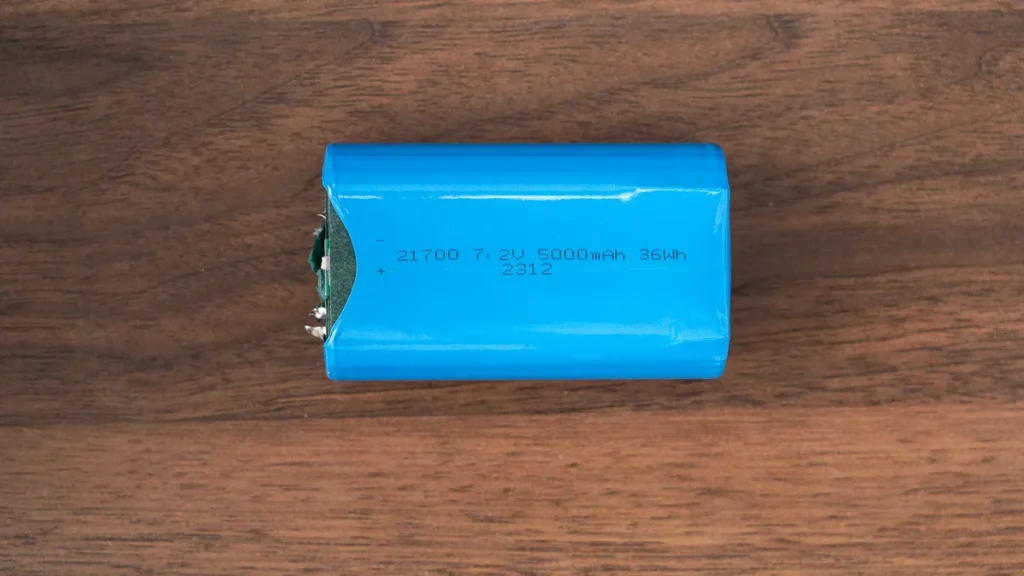
Here is what we're left with: a board and a chamber.
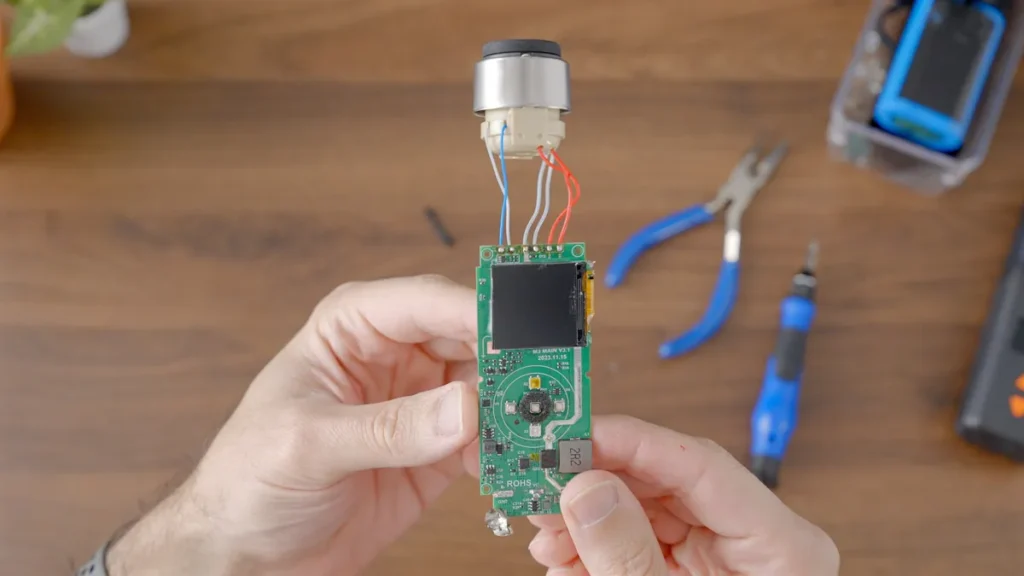
As soon as I opened the bottom cover, I noticed some residue had somehow made its way here.
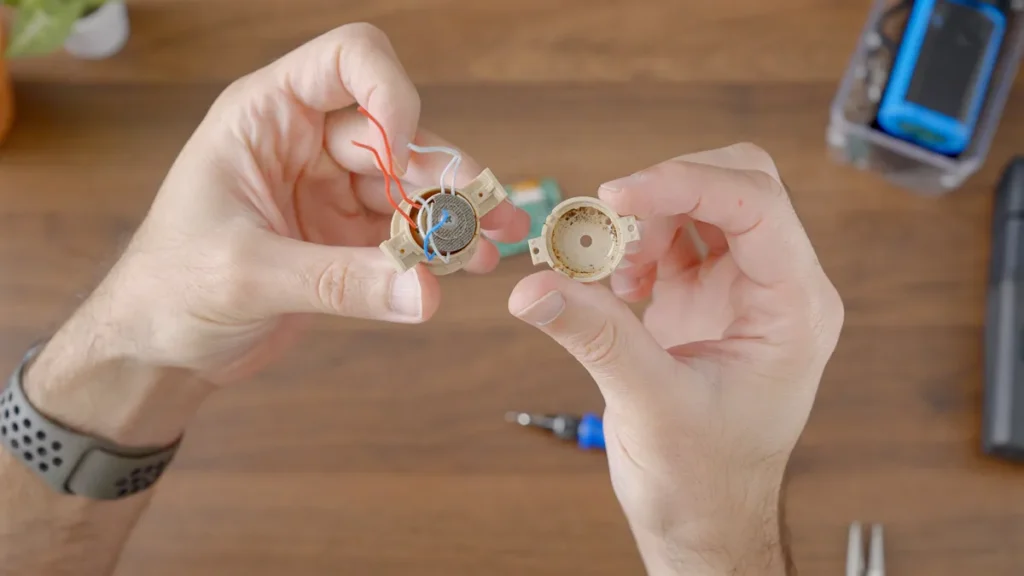
I tested the Solo 3 with a variety of packing techniques for my review, and during some sessions, the herb touched the heating element and got charred. The small particles that got through these tiny air holes in the chamber ended up here.
This is a real-life example of why you have to make sure that no herb falls down to the stainless steel. This stuff is cleanable, but there is just no access here, at least not for most people.
This heating element is the heart of the Solo, and it's very interesting. The heating wire is embedded inside a thin layer of ceramic. Unlike the Venty, for example, which had the coil wrapped around the actual chamber component.
Heating element & vapor path
Alright, let's take a look at the heating element and vapor path.
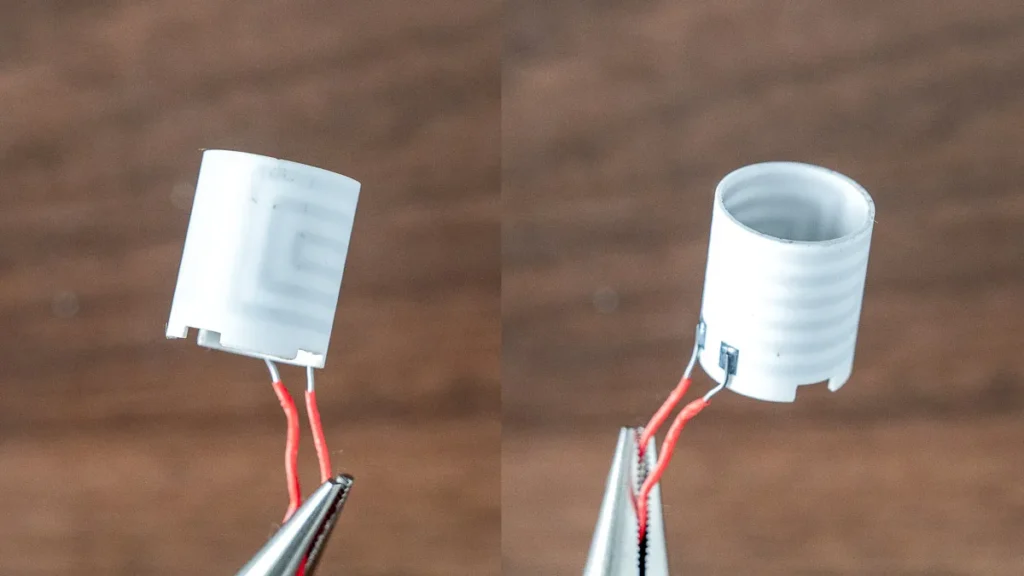
This is how the Solo's chamber looks when it's detached from the body. The air is coming in from these four small holes at the bottom of the stainless bowl.
If I flip and open it, you can see the holes right here. The ceramic heating element wraps the stainless bowl but doesn't touch it. There is a tiny gap between them.
The Solo 3 is a hybrid vaporizer, meaning it uses convection and conduction to heat up the herb. Some of the heat radiates into the bowl, then into the stem, then into the herb. But the actual extraction happens mostly with convection, which is hot air that goes through the herb.
These plastic parts, by the way, are PEEK, which is “a semicrystalline thermoplastic with excellent mechanical and chemical resistance properties that are retained to high temperatures,” according to Wikipedia.
Solo 3 VS. Venty
Comparing vapor path & heating element
PEEK is also used in the air path of the Venty. You can see it here. It has the same “sand” color and is used in a similar way to create the airpath.
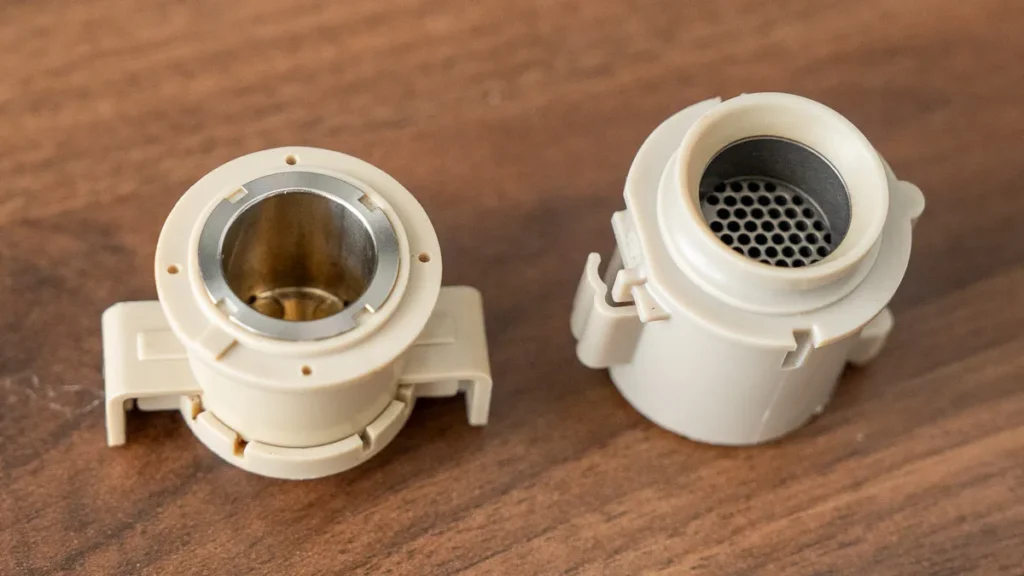
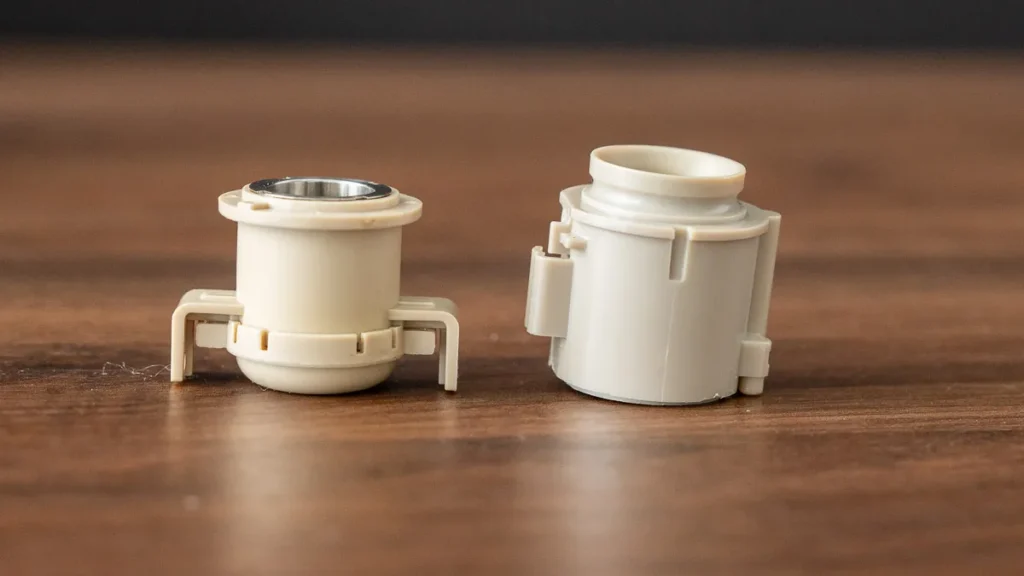
The difference is that with the Venty, the heating element is wrapped around the bottom part of the chamber and heats the air that goes through it. Both vapes work mostly on convection but achieve it in different ways.
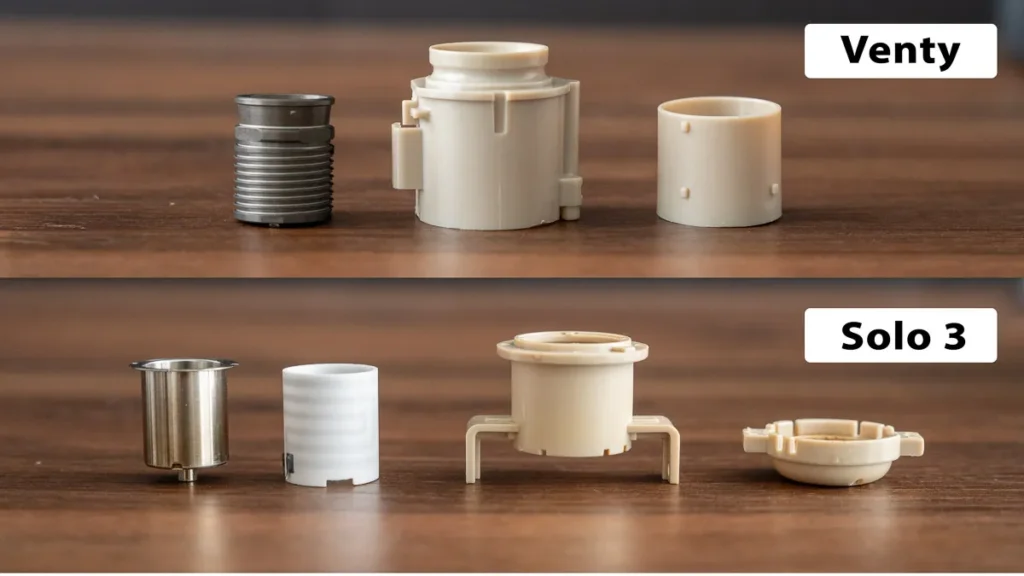
Comparing microprocessors
And since we're comparing the two, let's compare the microprocessors as well. This is the “brain” of the vaporizer, that controls all the other chips and capacitors on these printed circuit boards.
I looked up the datasheets of these two microprocessors, and I had to translate some of them from Chinese, and I used ChatGPT for some of this stuff, and I'm not an expert on microprocessors.. So, take the following info with a grain of salt.
But from what I was able to gather, these are the specs of the chips.
| Feature | AT32F403ARCT7 (Artery) | STM32WB10CC (STMicroelectronics) |
|---|---|---|
| Core Architecture | ARM Cortex-M4F | ARM Cortex-M4 with FPU and Cortex-M0+ (dual-core architecture) |
| Clock Speed | Up to 240 MHz | Cortex-M4: Up to 64 MHz Cortex-M0+: Up to 32 MHz |
| Flash Memory | Up to 1024 KB | 320 KB |
| SRAM | Up to 256 KB | 48 KB |
| Peripherals | – 17 timers (including advanced, general-purpose, basic, and watchdog) – 8 USART interfaces – 3 I2C interfaces – 4 SPI interfaces (can be used as I2S) – 2 CAN interfaces – USB 2.0 full-speed device interface – 2 SDIO interfaces |
– 1 advanced 16-bit timer – 1 general-purpose 32-bit timer – 2 low-power 16-bit timers – 1 USART interface (supports ISO7816, IrDA, Modbus, and Smartcard mode) – 1 I2C interface (supports SMBus/PMBus) – 1 SPI interface – 1 USB interface |
| Analog | 3x 12-bit ADC with up to 16 channels | 1x 12-bit ADC with up to 13 channels |
| Security | CRC calculation unit, 96-bit unique ID | AES encryption engine, PKA, RNG, memory protection unit (MPU) |
| RF Connectivity | None | Bluetooth Low Energy 5.4 |
| Power Management | – Sleep, stop, and standby modes – VBAT for RTC and backup registers |
– Low-power RTC – Multiple low-power modes |
| Packages | LQFP100, LQFP64, LQFP48, QFN48 | UFQFPN48 |
| Operating Temperature | -40 °C to +105 °C | -40 °C to +85 °C |
| Power Supply Voltage | 2.6V to 3.6V | 1.7V to 3.6V |
| Timers and Watchdogs | – 2 advanced control timers – 10 general-purpose timers – 2 basic timers – 2 watchdog timers (independent and window type) – 1 SysTick timer |
– 1 advanced 16-bit timer – 1 general-purpose 32-bit timer – 2 low-power 16-bit timers – 1 independent watchdog timer – 1 window watchdog timer – 1 SysTick timer |
| Interfaces | – 8 USART/UART interfaces – 3 I2C interfaces – 4 SPI interfaces – 2 SDIO interfaces – 2 CAN interfaces – USB 2.0 full-speed device interface |
– 1 USART interface (supports ISO7816, IrDA, Modbus, and Smartcard mode) – 1 I2C interface (supports SMBus/PMBus) – 1 SPI interface – 1 USB interface |
| Unique Features | – Extensive peripheral interfaces – High memory capacity |
– Dual-core architecture – Bluetooth Low Energy 5.4 – Advanced security features |
It seems as if the Solo 3 is using a faster and more powerful chip with more memory. Venty's processor has Bluetooth functionality, which the Solo 3 doesn't have.
Again, I hope this information is correct and that I'm not misleading. If you're an expert in this field and find any discrepancies here, please contact me so I can update the information. I used ChatGPT to analyze these, as I have no knowledge in this field. You're welcome to do your own research and send me the results; I'll update the comparison.
Additional images
